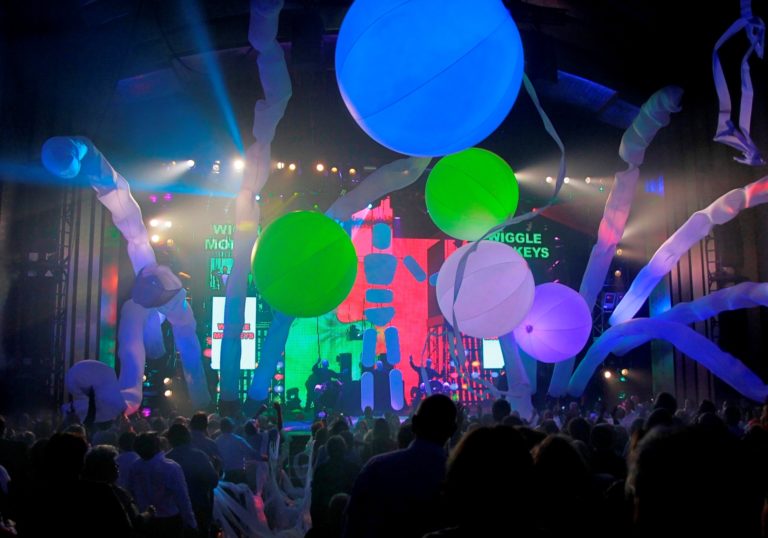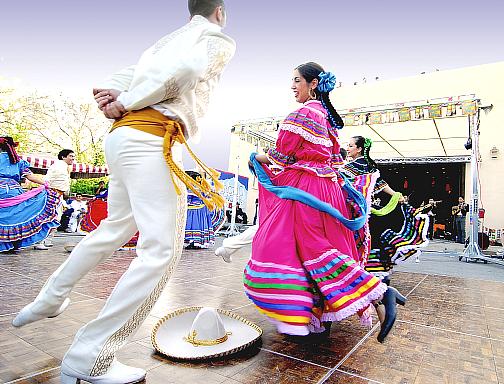What does it mean to be a musician?
Most people would classify a musician as someone who devotes their time to
music and earns a living as such. Individuals who enjoy music making are
reluctant to label themselves as “musicians” because of this stereotype.
However, there are a select few, who would proudly say, “I’m a musician” even
if it’s not their sole devotion. I’m lucky enough to know such an individual.
His name is Michael Hodge, and he was born and raised in Dallas, TX.
For
Michael, music has always been an integral part of his life so it only seems
natural that he would have an affinity towards it. His musical influence began
with his parents. He even recalled as a child how music was one of the mediums
his mother would use to rouse him and his siblings from bed saying, “Every
Saturday my Mom would wake us kids up by pulling open the blinds and turning on
music at 8:00am. It is something I have memories of every weekend.” From
sunrise to sundown, Michael was surrounded by the sounds of music growing up. His
philosophy on music is best described according to himself—“music has always
been a part of my life like sports…without music, I don’t know where I would
be.”
This
philosophy became vital in 2001 when Michael, unfortunately, lost his mother to
a battle with cancer. Making music became the only way for Michael to remain
levelheaded. He is generally an individual who withholds his feelings, but
music provided him the opportunity to vent his feelings. “Music was a way
for…my thoughts to be vented to myself,” Michael said. He used music to not
only voice his emotions about the passing of his mother but also to express his
joys and happiness.
Michael
doesn’t just take his feelings and/or emotions and write them down on paper. He
formulates his own beats and mixes in addition to the lyrics he comprises—“When
I make a beat or lyric, I just write it. I turn my thoughts into words and
sounds.” For him, music making is very much a “feeling” that he must have. Having
had the privilege of listening to a number of Michael’s recordings, I can
attest to the fact that his songs depict his emotions at the time of their
creation. Michael is proud of the versatility he feels he can offer as a
musician. Laughing and smiling, he said, “I think that’s why a lot of people
have liked my music. I can give you sad, happy, depression, excitement, gangster
stuff, etc.”
Since
2005, Michael has been recording and letting people listen to his music. In the
last eight years, his music has evolved substantially. In part, by the artists
he drew his influences from as well as his life experiences. These artists
included Prince, Tupac, Z-Ro, and Drake. And when he was asked what he draws on
from these artists, he said, “From Prince, I took his swagger, Tupac his poetry—how
he put all his feelings on paper, Z-Ro from Houston—everything he raps about is
something I went through on a daily basis, and Drake’s ability to be flexible.”
He also notes that in order for a musician to be successful, they need to be open
to change. According to Michael, “It has to evolve…you have to switch it up.”
Additionally,
Michael has a goal for his songs: to resonate with the individuals who listen
to it. He describes his music as a combination between participatory and high
fidelity. “I want you to participate in what I’m saying. I want you to be in a
trance whenever you hear it.” For Michael, his music is much more than beats
and sounds. He tries to reach his audience and have them listen to what the
lyrics are by singing about his experiences that are relevant to their own
experiences. “I have stuff that a lot of people can relate to—women and men,”
Michael said.
Despite
his lifelong association with music, Michael never wanted to take music as a
profession seriously. Like many other artists, he did try to make it major.
He’s produced and recorded some of his own songs (see video below), but for him,
the music industry was a cult. There were too many grey areas and “a lot of
shady stuff,” according to Michael that deterred him from further pursuing his
talents. Had he wanted to go professional, an earlier start (age 12) would have
been more suitable. Even though Michael may still have some wishes now and then
to make it big, he has his future to think about. He was recently engaged and
will be getting married and starting a family soon. For Michael, that’s huge!
“I will never put anything over my family,” Michael said.
Music will continue to surround his life, but he will never take it seriously. For him, music has always been an outlet—a way for him to formulate his thoughts and feelings into words and a beat. Michael’s music represents who he is as a person. He never tried or wanted to be something he was not. “I wanted to show the realness in me,” Michael said. And if you listen to his music, you will understand the “realness” that is Michael Hodge of Dallas, TX.







